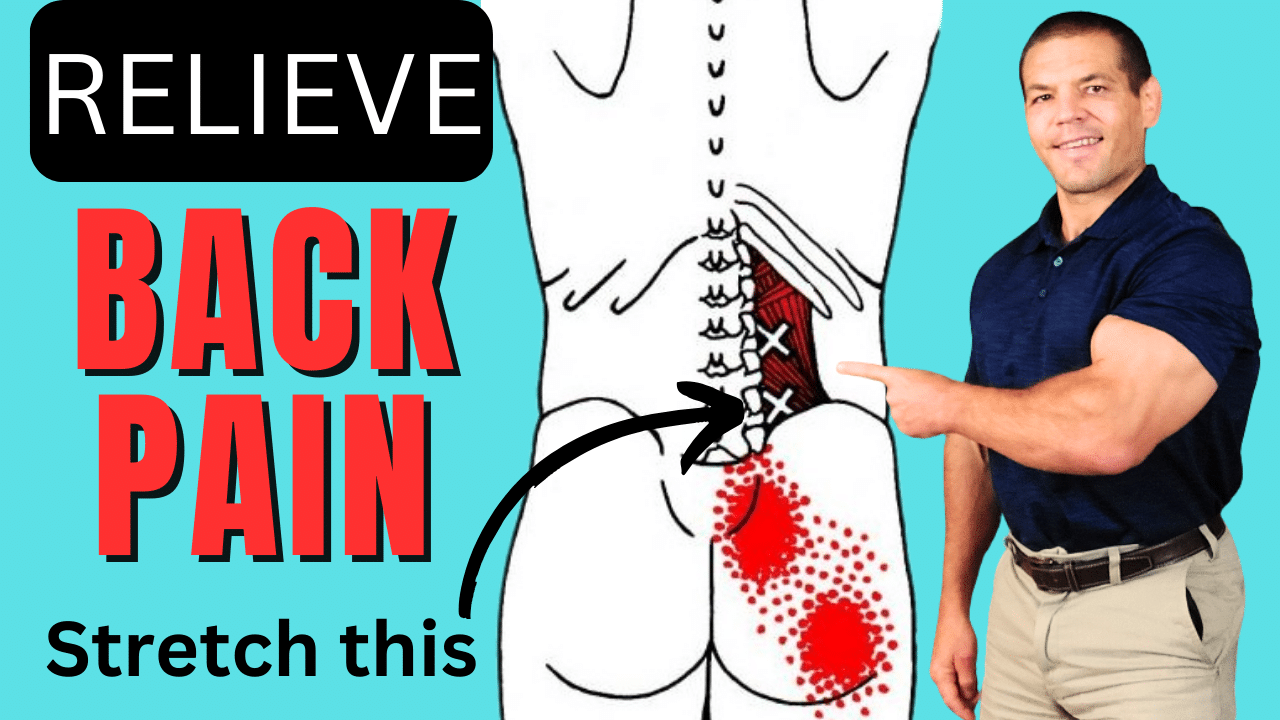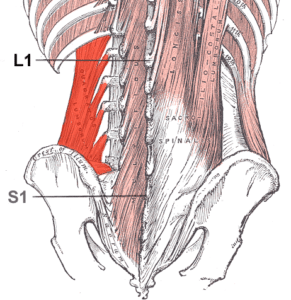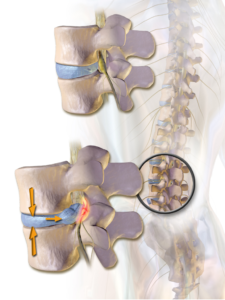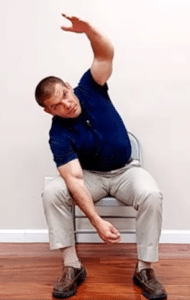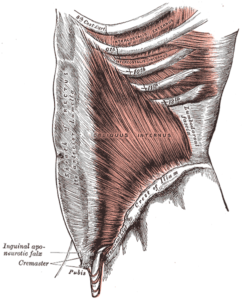The quadratus lumborum muscle can be responsible for many different types of back pain and sciatica. However, it's so deep that many people don't even know that it exists, let alone how to stretch it.
Watch this video to learn the best quadratus lumborum stretch to help lower back pain, particularly if you have degenerative disc disease or spinal stenosis. Plus, learn expert secrets to help make this stretch work even better. Finally, you'll learn what to do keep your back pain from coming back in the future.
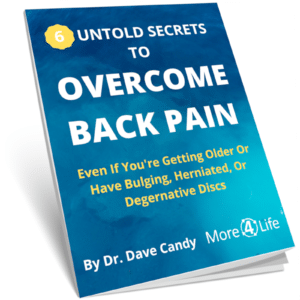
What Is The Quadratus Lumborum Muscle?
The quadratus lumborum is a rectangular-shaped muscle that runs between your pelvis and your 12th rib.
"Quadratus" refers to it's rectangular (4 sided) shape, and "lumborum" refers to it's location in your lower back.
So it's a rectangular-shaped muscle in your lower back.
The action of the quadratus lumborum is to pull down on the 12th rib, for example, when you're breathing out.
It also bends your spine towards the same side. Additionally, it bends your spine backwards and rotates it toward the same side.
Why Stretch The Quadratus Lumborum?
Because of it's location, the quadratus lumborum can compress the joints, discs, and nerves on the same side of the spine.
BruceBlaus., CC BY 3.0, via Wikimedia Commons
The quadratus lumborum can also be a source of muscle pain itself. It can cause pain in the lower back as well as pain near the sacroiliac joint.
How To Stretch The Quadratus Lumborum
In order to stretch the quadratus lumborum, you need to do just the opposite of its muscle action.
It bends backwards, side bends toward and rotates toward the same side.
Therefore. to stretch the quadratus lumborum, you need to bend forward and rotate and side bend your spine away from the stiff side.
There are many different quadratus lumborum stretches
As long as they're doing some component of bending forwards, bending sideways, and twisting away, they're all pretty good options.
However, people with degenerative disc disease or spinal stenosis often have trouble getting on the floor or getting back up from the floor.
They may also have pain when they're standing up.
Therefore, I find a seated quadratus lumborum stretch works best for many people with degenerative disc disease or spinal stenosis.
How To Do The Seated Quadratus Lumborum Stretch
To do the seated quadratus lumborum stretch, start out sitting in a chair.
The quadratus lumborum's primary lever arm is to side bend the trunk toward the same side.
So you want to raise your arm up and lean away from that side.
Then add small degrees of forward bending (lumbar flexion) and rotation away in order to fine tune the stretch.
Expert Secrets To Improve The Quadratus Lumborum Stretch
Remember, the quadratus lumborum attaches to your 12th rib.
Therefore, if you take a deep breath in, that can help stretch the quadratus lumborum even more. In particular, think about breathing into the ribcage on the side of the muscle you're stretching.
Then when you breath out, think about bringing your sternum toward the OPPOSITE hip.
This activates your internal obliques.
That's a diagonal-shaped muscle like this, and that muscle's function is to flex, rotate towards, and side bend towards the same side.
So if you activate the internal oblique on the opposite side of the quadratus lumborum that you're trying to stretch, that makes that quadratus lumborum relax.
That's due to a principle known as reciprocal inhibition: when you contract one muscle, its opposing muscle reflexively shuts off.
Should You Stretch Both Quadratus Lumborum Muscles?
If you have one-sided lower back pain, you want to stretch the quadratus lumborum on that side.
However, if you have low back pain on both sides, it's probably a good idea to stretch both sides.
Remember, gravity compresses down on you all day long. If you have degenerative discs in your spine, the space between your discs gets less and less over time.
That that can make the quadratus lumborum on both sides of your spine shorter.
So you may want to try stretching both sides.
Now, there is a caveat to that.
If leaning toward the sore side makes your back or leg pain worse, then you only want to stretch away from the sore side.
How To Keep Quadratus Lumborum Pain From Coming Back
Often your quadratus lumborum gets stiff on one side because of repetitive or sustained asymmetrical postures.
Avoiding asymmetrical postures
For example, if you always lean on one side of the couch or armchair, that can cause asymmetries.
Additionally, if you tend to stand with your weight more on one leg than the other, that can also create asymmetries. This problem is really common in women have young children or grandchildren.
They'll carry the child on one hip while using their opposite arm.
However, that raises one hip higher than the other and causes the quadratus lumborum on that side to get tight.
Avoiding excessive back arch
Your quadratus lumborum also extends your spine. If you tend to stand with a lot of arch in your back, then your quadratus lumborum can get stiff over time.
So paying attention to your posture and your movement habits is key to getting long-term relief.
If you habitually have poor posture, it doesn't matter how often you stretch your quadratus lumborum.
Even if you stretch for one hour per day, you can't outstretch the other 23 hours in the day that you're sitting, standing, sleeping in poor posture.
So in order to make your pain go away for good, you need to address the underlying root causes of your back pain.
Need Help For Lower Back Pain?
If you live in the St. Louis area and you need some more help to find the root cause of your back pain and how to fix it, we'd happy to help you here at More 4 Life.
Just tap the button below to request an appointment with one of our specialist physical therapists.
Like this post? Check out some of our other post about exercises for lower back pain
Lean Forward When Walking? 3 Exercises to Stop Walking Hunched Over
Things To Avoid With Degenerative Disc Disease and What To Do Instead
8 Stretches For Lower Back Pain and Hip Mobility
7 Exercises For Arthritis In Lower Back
Spine Decompression Therapy At Home Exercises

